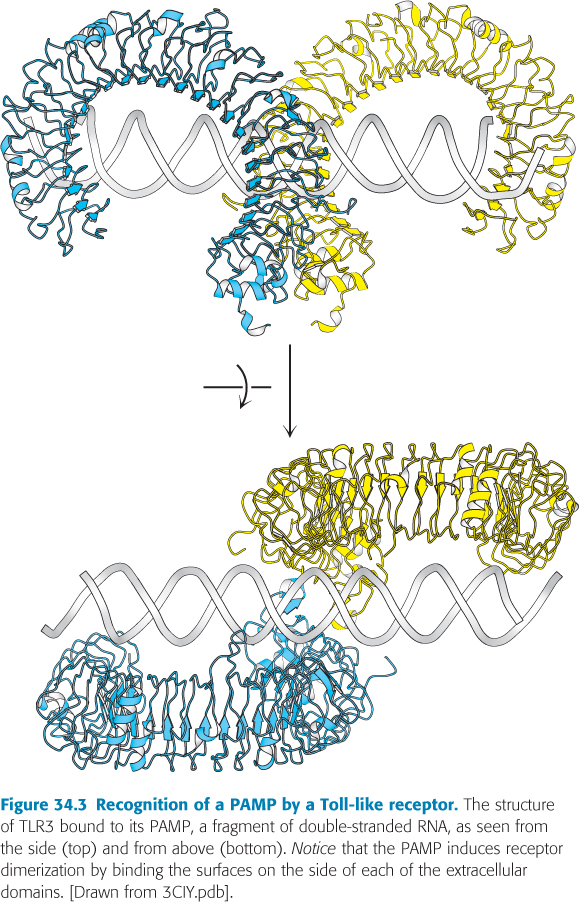MEDIA AND ASSESSMENT
MEDIA AND ASSESSMENT

All of the new media resources for Biochemistry will be available in our new system.
LaunchPad is a dynamic, fully integrated learning environment that brings together all of our teaching and learning resources in one place. It also contains the fully interactive e-Book and other newly updated resources for students and instructors, including the following:
NEW Case Studies are a series of biochemistry case studies you can integrate into your course. Each case study gives students practice in working with data, developing critical thinking skills, connecting topics, and applying knowledge to real scenarios. We also provide instructional guidance with each case study (with suggestions on how to use the case in the classroom) and aligned assessment questions for quizzes and exams.

Newly Updated Clicker Questions allow instructors to integrate active learning in the classroom and to assess students’ understanding of key concepts during lectures. Available in Microsoft Word and PowerPoint (PPT).
Newly Updated Lecture PowerPoints have been developed to minimize preparation time for new users of the book. These files offer suggested lectures including key illustrations and summaries that instructors can adapt to their teaching styles.
Updated Layered PPTs deconstruct key concepts, sequences, and processes from the textbook images, allowing instructors to present complex ideas step-
by- step. Updated Textbook Images and Tables are offered as high-
resolution JPEG files. Each image has been fully optimized to increase type sizes and adjust color saturation. These images have been tested in a large lecture hall to ensure maximum clarity and visibility. The Clinical Companion, by Gregory Raner, The University of North Carolina at Greensboro and Douglas Root, University of North Texas, applies concepts that students have learned in the book to novel medical situations. Students read clinical case studies and use basic biochemistry concepts to solve the medical mysteries, applying and reinforcing what they learn in lecture and from the book.
Hundreds of self-
graded practice problems allow students to test their understanding of concepts explained in the text, with immediate feedback.The Metabolic Map helps students understand the principles and applications of the core metabolic pathways. Students can work through guided tutorials with embedded assessment questions, or explore the Metabolic Map on their own using the dragging and zooming functionality of the map.
Jmol tutorials by Jeffrey Cohlberg, California State University at Long Beach, teach students how to create models of proteins in Jmol based on data from the Protein Data Bank. By working through the tutorial and answering assessment questions at the end of each exercise, students learn to use this important database and fully realize the relationships between the structure and function of enzymes.
ix
Living figures allow students to explore protein structure in 3-
D. Students can zoom and rotate the “live” structures to get a better understanding of their three- dimensional nature and can experiment with different display styles (space- filling, ball- and- stick, ribbon, backbone) by means of a user- friendly interface. Concept-
based tutorials by Neil D. Clarke help students build an intuitive understanding of some of the more difficult concepts covered in the textbook.Animated techniques help students grasp experimental techniques used for exploring genes and proteins.
NEW animations show students biochemical processes in motion. The eighth edition includes many new animations.
Online end-
of- are assignable and self-chapter questions graded multiple- choice versions of the end- of- chapter questions in the book, giving students a way to practice applying chapter content in an online environment. Flashcards are an interactive tool that allows students to study key terms from the book.
LearningCurve is a self-
assessment tool that helps students evaluate their progress. Students can test their understanding by taking an online multiple- choice quiz provided for each chapter, as well as a general chemistry review.
Updated Student Companion
[1-
For each chapter of the textbook, the Student Companion includes:
Chapter Learning Objectives and Summary
Self-
Assessment Problems , including multiple-choice, short- answer, matching questions, and challenge problems, and their answers Expanded Solutions to end-
of- chapter problems in the textbook
x